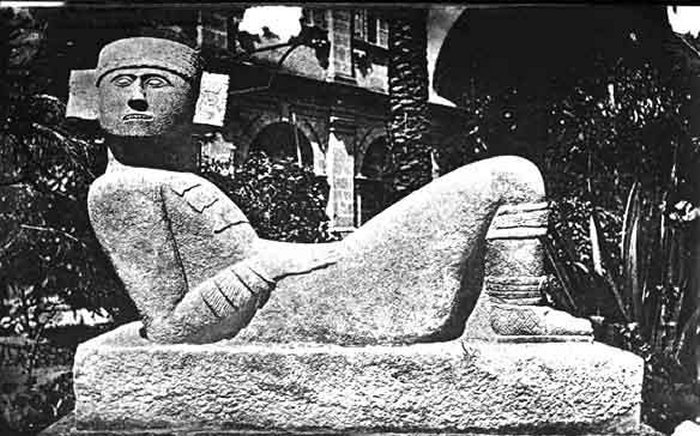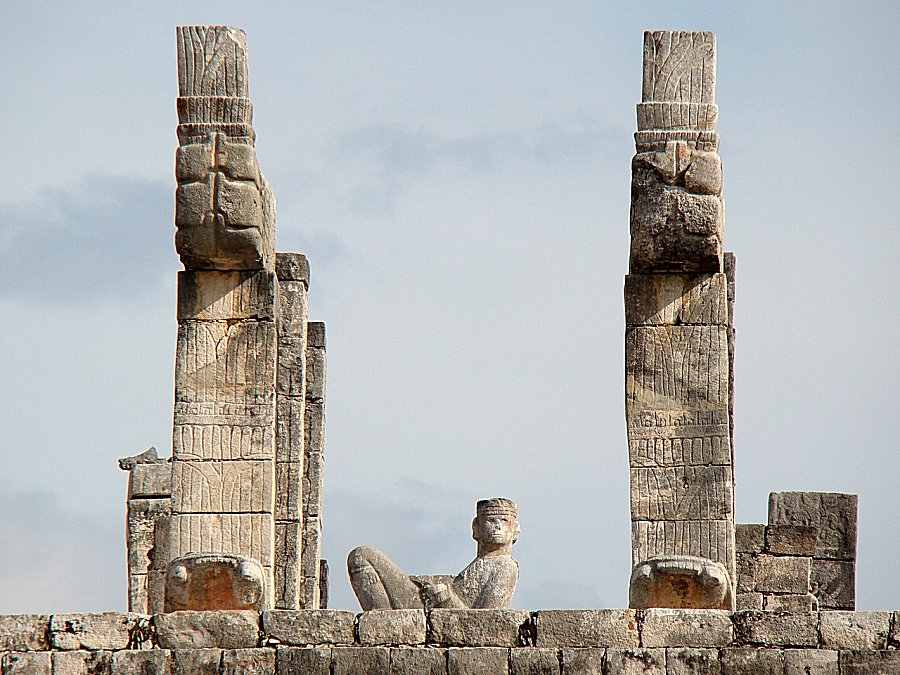Chacmool (‘Chac-Mool’) – Intriguing Pre-Columbian Statue Found At Many Ancient Sites In Mesoamerica
A. Sutherland - AncientPages.com - "Chac Mool" (chacmool, or chaacmol) is one of Mexico's most famous Pre-Columbian statues. Chac-Mool altars are generally found at the entrance to Toltec temples and other pre-Columbian cultural sites where Toltec influence was powerful, for example, Chichen Itza.
Chacmool excavated by Augustus Le Plongeon (d. 1908) from the Platform of the Eagles and Jaguars at Chichen Itza, Yucatan. 1875. Image uploader: Infrogmation - Public Domain
The great city of Chichén Itzá was the most important Mayan political, religious, and military Center in the north of Yucatán during its flourishing years, towards the end of the classic and the beginning of the Postclassic (800-1100 AD).
One such statue, for example, has been discovered in the Temple of Kukulkan (the Plumed Serpent), one of the most famous Maya pyramids - built at Chichén Itzá and later renamed El Castillo by the Spanish.
Archaeology confirms that twelve chacmools have been discovered at the Toltec city of Tula, known for its famous Atlantean Statues, the massive stone sculptures of warriors, the "Atlantes" that still hold a mystery: how the figures were carved and transported to the pyramid's top.
Usually, the sculpture is approximately human-sized and decorated with a headdress, bracelets, ear flares, and anklets. It depicts a resting man with his head directed to the left or the right but always facing 90 degrees from the front. The statue's posture is unique.
Curiously, this individual is always looking out away from the associated temple, supporting itself on its elbows and, at the same time, keeping a bowl (or disk) placed upon its torso. The bowl probably served as a holder for sacrificial blood and burnt offerings. It may also have had a symbolic meaning associated with the circular cenotes, which are deep sinkholes or holes particularly characteristic of Central America and Mexico and used during religious ceremonies (sacrifices) during the Mayan Empire.
What Is The Original Name Of The Statue?
As far as we know, Augustus Le Plongeon named "chac mool" after a mysterious statue he discovered during an archaeological expedition to Chichen Itza in 1873. However, the first published account of this kind of statue first appeared in 1832.
 Maya Chacmool from Chichen Itza displayed at the National Museum of Anthropology. Image credit: Ziko van Dijk - CC BY-SA 3.0
Maya Chacmool from Chichen Itza displayed at the National Museum of Anthropology. Image credit: Ziko van Dijk - CC BY-SA 3.0
Le Plongeon, a British-American archeologist and photographer, studied the pre-Columbian ruins of America and focused his research on the Maya civilization living on the northern Yucatán Peninsula. He discovered several important sites of Mayan culture and wrote several books later criticized by the scientific community as based on the author's flawed ideas.
According to Le Plongeon, the statue was supposed to represent an ancient Mayan king named "Chac-Mool" ("red Jaguar"), but the researcher was wrong, and historians have rejected his theory. According to the Maya, "chac-mool" means "the paw swift like thunder" (or "Thunderous Paw"), but the simple name "chac mool" has been widely adopted by researchers.
It's important that the statue's name, "Chac Mool," should not be confused with Chac, one of the foremost gods of Mayan mythology, who was initially related to rain, storms, and thunder. Aztec chacmools were associated with Tlaloc, the Mesoamerican rain god and the important deity in the Aztec pantheon.
Unknown Real Name, Identity And Function Of This Pre-Columbian Statue
The ancient name for these types of sculptures is unknown. It is also still being determined what or who the statue represents or its purpose.
Chuck-Mool. Statue at the top of the Temple of Warriors of the Chichen Itza complex. Credit: Bjørn Christian Tørrissen, One for the Road. CC BY-SA 3.0
What was the statue's original function? The Chaacmol does not appear to be of Maya origin. What mysterious ancient culture does he represent? Who were the male figures representing chacmools?
For over two centuries, "chacmool" has remained the subject of scientific speculations, and some possible explanations for this curious pre-Columbian figure are widely accepted.
As chackmools have never been discovered inside the temple's sanctuary or shrine, they have not been a subject of worship. Instead, they have been used by priests during their religious ceremonies. The statue could be a cuauhxicalli ("eagle gourd bowl") to receive blood and human hearts during sacrificial rituals prevalent among the Aztecs. The Aztecs used this bowl instead of the usual disc-altar. A chacmool from Tlaxcala. Mexico, for example, has a bloodied heart sculpted on the underside, supporting this interpretation.
It was also proposed that the bowl (or similar vessel) was used for collecting donations and gifts such as tobacco, turkeys, feathers, incense, tortillas, and pulque.
Or was Chac Mool perhaps a sacrificial stone over which victims were stretched so their hearts could be cut from their chests? In other words, "chacmools" were most probably related to the bloody ceremonies of the ancient Maya people.
Enigmatic monumental sculptures of "chacmool" were still in use when the Spanish contact in Central Mexico in the Aztec capital, Tenochtitlan, in the region of Chichen Itza) far as in El Salvador. In other Maya areas, researchers found fewer of these statues.
Updated on Nov 26, 2023
Written by – A. Sutherland - AncientPages.com Senior Staff Writer
Copyright © AncientPages.com All rights reserved. This material may not be published, broadcast, rewritten or redistributed in whole or part without the express written permission of AncientPages.com
Expand for referencesReferences:
Salisbury S. and Le Plongeon, A. The Mayas, the Sources of Their History Dr. Le Plongeon in Yucatan, His Account of Discoveries
More From Ancient Pages
-
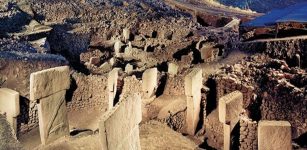 Ancient Astronomical Symbols At Göbekli Tepe Confirm A Comet Swarm Struck The Earth 11,000 B.C.
Archaeology | Apr 23, 2017
Ancient Astronomical Symbols At Göbekli Tepe Confirm A Comet Swarm Struck The Earth 11,000 B.C.
Archaeology | Apr 23, 2017 -
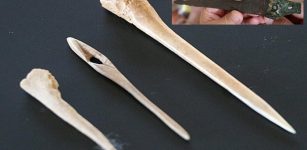 8,600-Year-Old Bone Needles Found In Denizli Closely Associated With Old Textile Tradition
Artifacts | Sep 2, 2020
8,600-Year-Old Bone Needles Found In Denizli Closely Associated With Old Textile Tradition
Artifacts | Sep 2, 2020 -
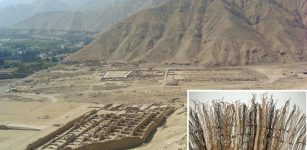 Did The Inca Use The Quipu To Collect Taxes?
Archaeology | Jun 24, 2019
Did The Inca Use The Quipu To Collect Taxes?
Archaeology | Jun 24, 2019 -
 Altai Mountains Were Home To Porcupines 30,000 Years Ago
Archaeology | Mar 14, 2017
Altai Mountains Were Home To Porcupines 30,000 Years Ago
Archaeology | Mar 14, 2017 -
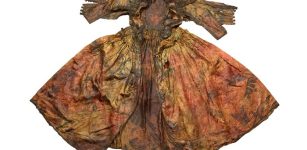 Unique 17th Century Silk Dress Found At Bottom Of The Wadden Sea Goes On Display
Artifacts | Jul 29, 2023
Unique 17th Century Silk Dress Found At Bottom Of The Wadden Sea Goes On Display
Artifacts | Jul 29, 2023 -
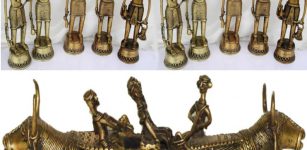 Telangana And Great Ancient Iron Masterwork Of Skilled Blacksmiths Of India
Ancient Technology | May 26, 2017
Telangana And Great Ancient Iron Masterwork Of Skilled Blacksmiths Of India
Ancient Technology | May 26, 2017 -
 10 Great Viking Misconceptions Still Being Perpetuated
Featured Stories | Jan 11, 2019
10 Great Viking Misconceptions Still Being Perpetuated
Featured Stories | Jan 11, 2019 -
 Secrets Of 2,000-Year-Old Tomb Of Cerberus Revealed To The Public
Archaeology | Jul 29, 2024
Secrets Of 2,000-Year-Old Tomb Of Cerberus Revealed To The Public
Archaeology | Jul 29, 2024 -
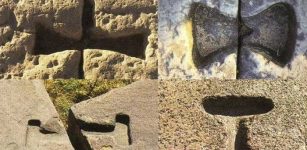 Mystery Of Ancient Metal Clamps – Advanced Lost Technology Modern Science Still Cannot Explain
Ancient Technology | Jul 31, 2020
Mystery Of Ancient Metal Clamps – Advanced Lost Technology Modern Science Still Cannot Explain
Ancient Technology | Jul 31, 2020 -
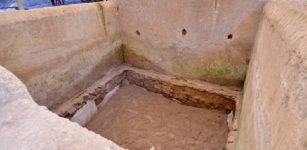 Necropolis of Porta Nola, Pompeii – new discoveries
Civilizations | Aug 30, 2015
Necropolis of Porta Nola, Pompeii – new discoveries
Civilizations | Aug 30, 2015 -
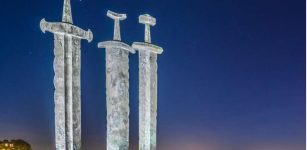 Sverd I Fjell – Swords In Rock: Battle Of Hafrsfjord Won By Harald Fairhair – First King Of Norway
Featured Stories | Mar 9, 2016
Sverd I Fjell – Swords In Rock: Battle Of Hafrsfjord Won By Harald Fairhair – First King Of Norway
Featured Stories | Mar 9, 2016 -
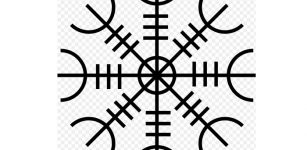 The Helm Of Awe – Powerful Viking Symbol For Physical, Mental And Spiritual Protection
Ancient Symbols | May 25, 2018
The Helm Of Awe – Powerful Viking Symbol For Physical, Mental And Spiritual Protection
Ancient Symbols | May 25, 2018 -
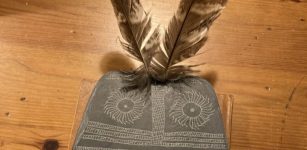 Were Owl-Shaped Plaques Children’s Toys In Copper Age?
Archaeology | Dec 1, 2022
Were Owl-Shaped Plaques Children’s Toys In Copper Age?
Archaeology | Dec 1, 2022 -
 Thousand year old Pagan warrior tomb discovered in Poland
News | Aug 23, 2015
Thousand year old Pagan warrior tomb discovered in Poland
News | Aug 23, 2015 -
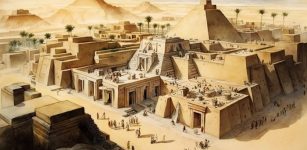 Evidence Of Increased Violence When The First Mesopotamian Cities Were Built
Archaeology | Oct 10, 2023
Evidence Of Increased Violence When The First Mesopotamian Cities Were Built
Archaeology | Oct 10, 2023 -
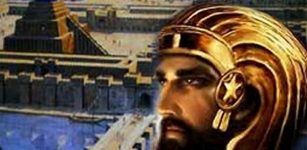 Legacy Of The Ancients: Cyrus The Great Cylinder – The Charter Of Human Rights
Featured Stories | Feb 17, 2014
Legacy Of The Ancients: Cyrus The Great Cylinder – The Charter Of Human Rights
Featured Stories | Feb 17, 2014 -
 Gold Treasures From The Land Of Ancient Colchian Culture In Georgia
Featured Stories | Apr 9, 2025
Gold Treasures From The Land Of Ancient Colchian Culture In Georgia
Featured Stories | Apr 9, 2025 -
 Child Finds Impressive 1,800-Year-Old Ring Engraved With Goddess Minerva On Mount Carmel, Israel
Archaeology | Jul 17, 2024
Child Finds Impressive 1,800-Year-Old Ring Engraved With Goddess Minerva On Mount Carmel, Israel
Archaeology | Jul 17, 2024 -
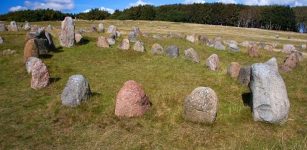 Lindholm Høje Burial Site With 700 Graves Dated To The Iron And Viking Ages
Featured Stories | Nov 17, 2016
Lindholm Høje Burial Site With 700 Graves Dated To The Iron And Viking Ages
Featured Stories | Nov 17, 2016 -
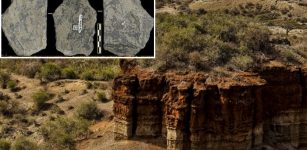 Olduvai Gorge: Direct Cosmogenic Nuclide Dating Of Olduvai Lithic Industry
News | Mar 31, 2022
Olduvai Gorge: Direct Cosmogenic Nuclide Dating Of Olduvai Lithic Industry
News | Mar 31, 2022

